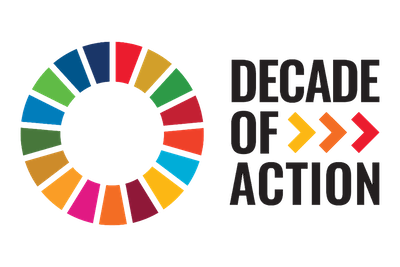The ESCAP/WMO Typhoon Committee (TC) at its 53rd Online Session decided to convene the 16th Integrated Workshop in 2021 in ESCAP facility in Bangkok, Thailand. Due to the still ongoing COVID-19 pandemic and the complication arising from mutant strain cases around the world, the 16th IWS will be organized virtually, from 2-3 December 2021. The main theme for the 16th Integrated Workshop is “Strengthening Impact-based Forecasting for Improving the Capacity of Typhoon-related Disaster Risk Reduction”.
A person in the Asia-Pacific region is four times more at risk of natural hazards than a person in Africa and sixteen times more than someone in North America or Europe. The “riskscape” of the region stems not only from its inherent natural, biological and environmental hazards but also from socio-economic vulnerabilities and rapid urbanization. In this region, exposure to climate events increases inequality, as measured by the Gini coefficient, by 0.24 percentage points.
Recent research by the Intergovernmental Panel on Climate Change (IPCC) has shown that the world is likely to reach or exceed 1.5°C of warming much earlier than previously anticipated.
The world has already warmed by around 1°C relative to pre-industrial baselines. According to the report of the Intergovernmental Panel on Climate Change released last month, an additional 0.5°C of warming will increase the risks of weather and climate extremes in many places.
The past five years have been the hottest on record in Asia and the Pacific. Unprecedented heatwaves have swept across our region, cascading into slow onset disasters such as drought. Yet heat is only part of the picture. Tropical cyclones have struck new, unprepared parts of our region and devastatingly frequent floods have ensued. In Iran, these affected 10 million people this year and displaced 500,000 of which half were children. Bangladesh is experiencing its fourth wave of flooding in 2019. Last year, the state of Kerala in India faced the worst floods in a century.
Climate connection of July 2021 floods in Western Europe, China and India
From May 12-19, in the midst of the devastating second wave of the pandemic, the powerful Cyclone Tauktae struck India’s west coast and killed more than 100 people. This was the deadliest cyclone in the Arabian Sea over the last decade. Starting from southwestern Lakshadweep, the cyclone battered all states on India’s west coast and the remnants caused rainfall even in northern parts of India, Sindh province of Pakistan and Nepal. Its clouds advanced as far as China.
On 10 March 2020, the UN Secretary-General Mr. Antonio Guterres launched the World Meteorological Organization (WMO) State of the Climate 2019. The Report confirms that 2019 was the second-warmest year on record, and 2010 to 2019 was the warmest decade on record. Climate change clearly continues, and its impacts are more and more visible in many ways. Extreme weather struck every corner of the globe in 2019, while Asia-Pacific continues to bear the brunt of major impacts.
The Asia-Pacific region is no stranger to extreme shocks and events, from the 1997 Asian financial crisis, the 2003 SARS outbreak, the 2004 Indian Ocean earthquake, the 2015 Nepal earthquake, the 2018 Cyclone Gita , to the 2020 Taal volcano eruption. At present, the COVID-19 pandemic is the latest and probably the most devastating in a long line of varied disasters impacting the region.


